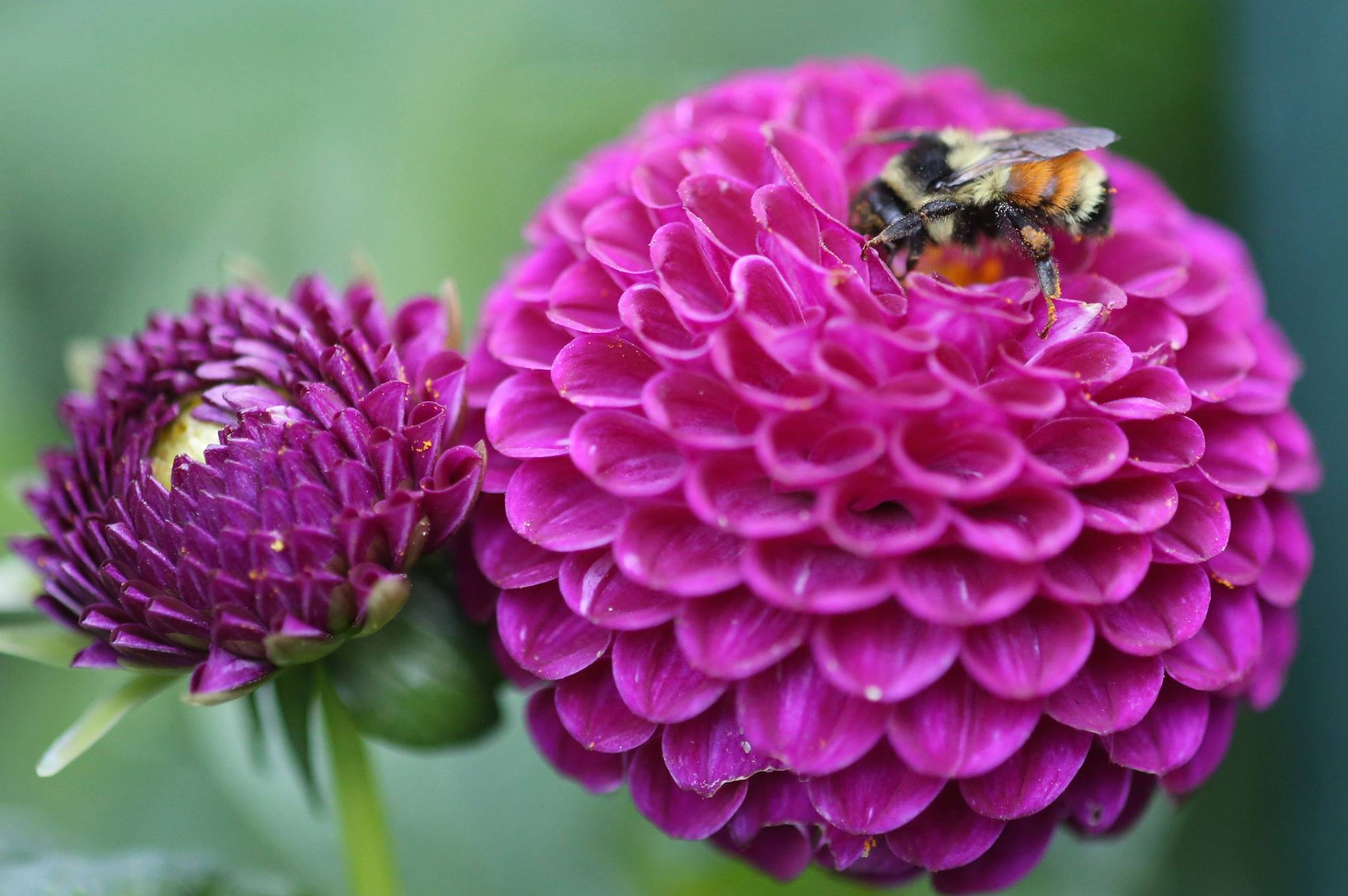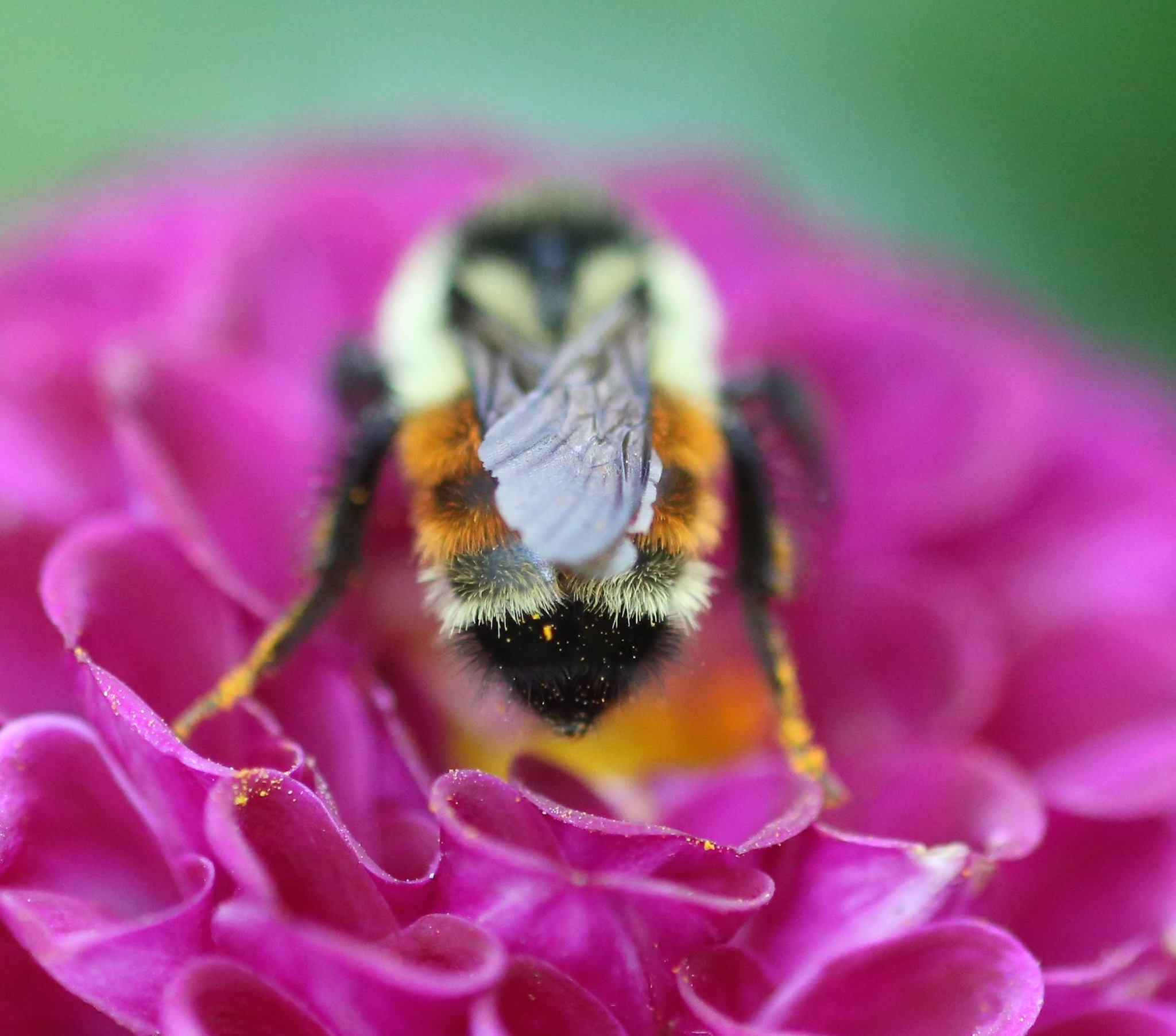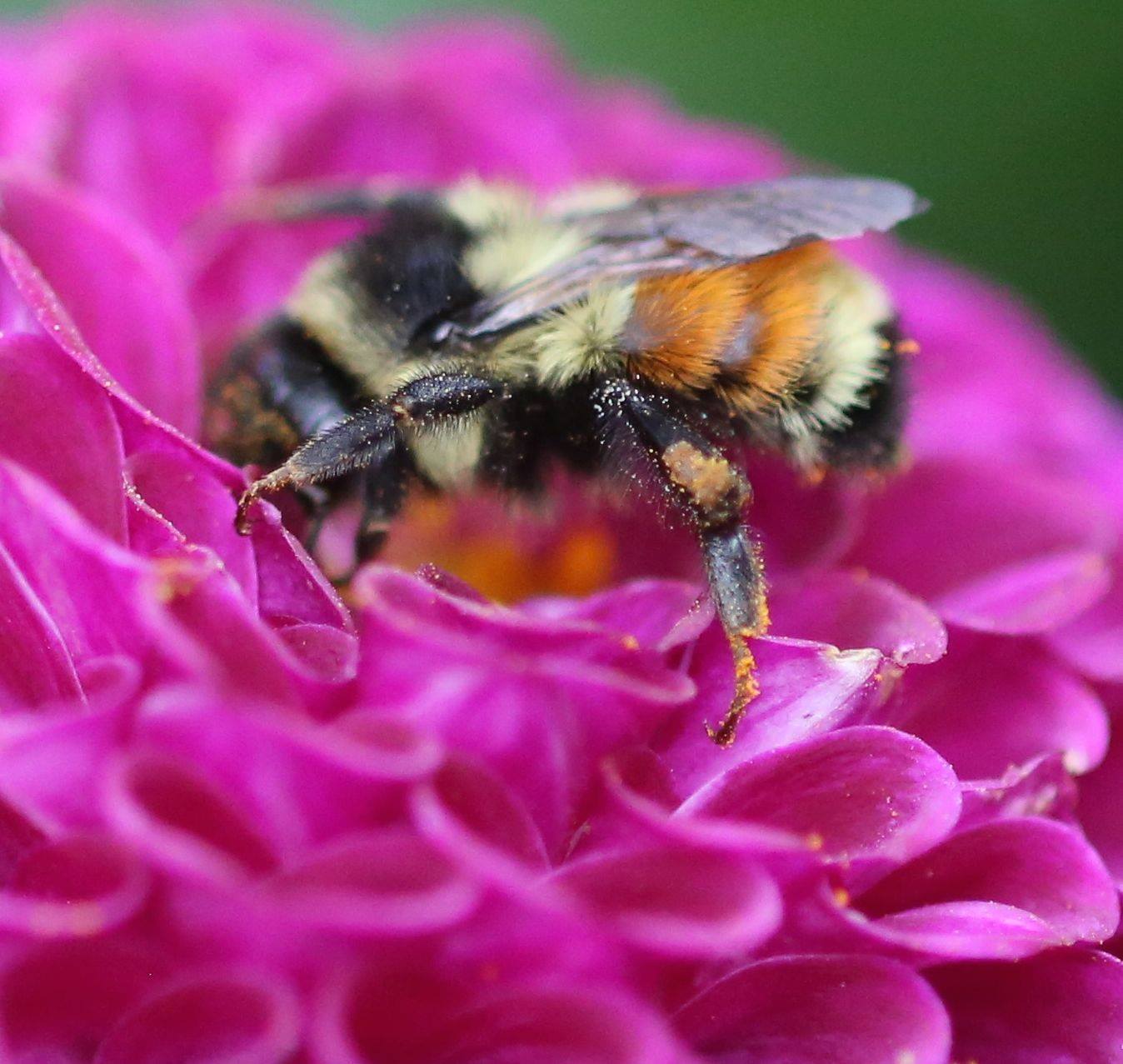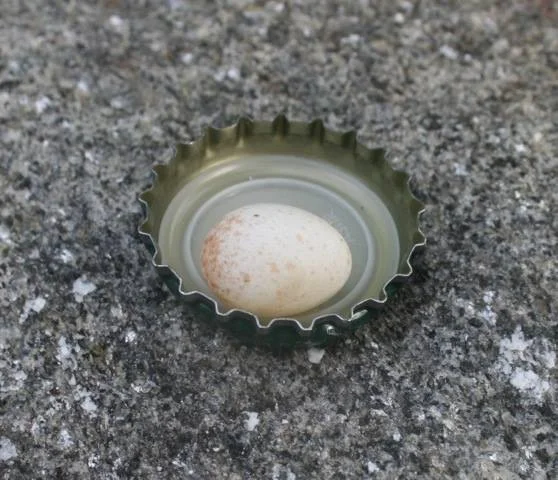A few snowflakes fell as Pamelia and I touched down at the small, ski-chalet-like airport. Around us rose white peaks of the southern Andes. Alongside us flowed the Beagle Channel, the 150-mile Atlantic-Pacific passage famously sailed by Charles Darwin and named for his ship. To reach this starting point of our trip to the Antarctic, we had traveled 7,000 miles from the coast of Maine in North America to the world's southernmost city, Ushuaia, Argentina, which proudly calls itself El Fin del Mundo—the End of the World.
Winds in Ushuaia's city square whipped the Argentinian flag, whose blue-and-white motif reflected the snow-and-iceberg color palette that would soon surround us in the Antarctic.
We had already traveled from the top of the Americas to the bottom.
Ushuaia is one of a handful of ports around the world from which Antarctic trips depart. It's hilly and panoramic, with colorful metal-roofed houses, outdoor-gear shops, penguin-souvenir emporiums and more than a smattering of hostels and young backpackers. It's the capital of the province called Tierra del Fuego (Land of Fire), a mountainous group of islands named by Ferdinand Magellan for the many small fires (made by indigenous peoples) he saw along its shores.
The Martial Mountains (at the southern tip of the Andes) and the Martial Glacier frame the fast-growing city of Ushuaia.
The End of the World is also a global crossroads. I would have added SOUTH POLE 2,440 miles and THE NATURALIST'S NOTEBOOK 7,000 miles.
Pamelia created a spectrum collage from her photographs of Ushuaia's colorful buildings.
Local shops eschew mannequins in favor of penguin-equins.
Ushuaia's beauty and jobs (in tourism and electronics) have led to a more than tenfold growth in population, to at least 60,000, in the last four decades. At city's edge, up a hillside, trees have been clearcut for houses for the swelling numbers. We noticed how much the city had grown in just the ten years since we had last been here, while working on a travel-magazine article on Rounding the Horn and Chile.
Throughout our trip we would think about this endlessly repeated conflict between pristine nature and human population growth. How might it play out in the Antarctic, where no one lives but human influence nevertheless extends? To what extent was it already playing out there?
During our voyage an award-winning photographer named Rob Stimpson, a member of the One Ocean Expeditions team, would share with us a wonderful quote from the late Italian journalist Tiziano Terzani: "It's not how far you have traveled. It's what you've brought back with you." Pamelia and I hoped at the end of a nearly 20,000-mile journey to bring back a clearer sense of the Antarctic, one of the world's most environmentally important places, to share with everyone we could reach.
Pairs of beautiful flying steamer ducks dotted Ushuaia's harbor. The name "steamer duck" derives from the birds' habit of flapping their wings (suggesting a paddle steamer) when trying to swim fast.
For our two-and-a-half days here in the middle of the Southern Hemisphere's spring (late October), however, we focused on final trip preparations and on exploring Ushuaia, its coastal wildlife and the Beagle Channel. In good weather (sunny, 32 F) the channel was a 45-minute walk from our lovely center-of-town hotel, the Lennox; the journey was considerably longer when we were battling blowing sleet and snow.
"We're preparing for the Antarctic," Pamelia reminded me one afternoon as the wind almost knocked her backwards. "This is how it's supposed to be."
As Pamelia noted, our Ushuaia walks were good training for the Antarctic landings ahead.
Never—not even at home in crazy New England—have we experienced weather that changes as rapidly and dramatically as that of the Antarctic and Tierra del Fuego. Throughout our trip we would routinely experience all four seasons in the span of a few hours. Here's Ushuaia's harbor when the conditions shifted, at least temporarily, from winter to spring.
Rufous-collared sparrows filled the air with their spring songs as we hiked toward the Beagle Channel. These ground-feeding seed-eaters are found from Mexico to Tierra del Fuego, though with different vocal dialects in different regions.
We always saw kelp geese (named for their favorite food) in pairs. The strikingly patterned dark one is the female, the white one the male.
Gorgeous southern lapwings were trying to breed in fields at the edge of the city...
...but stray dogs kept chasing them, even at a designated urban bird nesting reserve.
Note the no-dogs-allowed symbol on the sign by the bird reserve.
We saw many of these austral negritos, small tyrant flycatchers that didn't like to stand still for us take their photos. This one was a male.
Another species unique to southern South America and surrounding islands, the striking yellow-bridled finch (of which we saw several pairs, including this male and its much more drab-looking female mate) has scarcely been studied and its habits are still largely unknown.
Along the Beagle Channel we started seeing yet another bird exclusive to lower South America, the dark-bellied cinclodes, known for its breeding ritual of wing-flapping and trilling. This one was traveling solo.
A southern crested caracara soared above us, searching for prey, majestic with its four-foot wingspan.
The southern crested caracara is even more striking up close. (This is a public-domain photo from Wikipedia, not one of ours.)
Mussel beds have been vanishing from bays around us in Maine, but the Beagle Channel had them in abundance.
The channel's shells were a feast of color.
The strangest sight in Ushuaia was the Galeria Tematica (Thematic Gallery), a museum of Tierra del Fuego history filled with walk-in dioramas featuring indigenous peoples, famous explorers (including Charles Darwin and Ernest Shackleton) and the prison for hardened criminals that was once Ushuaia's claim to fame.
At the museum I joined some of Shackleton's crew in dragging a lifeboat from their famously ice-locked ship, the Endurance, whose story we would revisit in the days ahead.
On our final morning in Ushuaia, we finally laid eyes on the ship that would take us on our 19-day Antarctic expedition. The Akademik Sergey Vavilov is a Russian science-research vessel on which we and our 90-plus fellow explorers would embark on the evening of October 30. There is a story to tell about the flesh-and-blood Sergey Vavilov and his older brother, Nikolai, both of whom were great Russian scientists, but I'll save that remarkable tale for a later day, when we're at sea.
The white ship in the background was the Akademic Sergey Vavilov, our home for the next three weeks.
As Pamelia and I prepared to go on board, we already had absorbed so many new sights and so much amazing nature that we said to each other that we could go home now and feel happy.
Little did we grasp how much more lay ahead.
Coming next: We and our famous Antarctic-bound stowaway hit the high seas...and I do mean high seas.—Craig Neff and Pamelia Markwood




